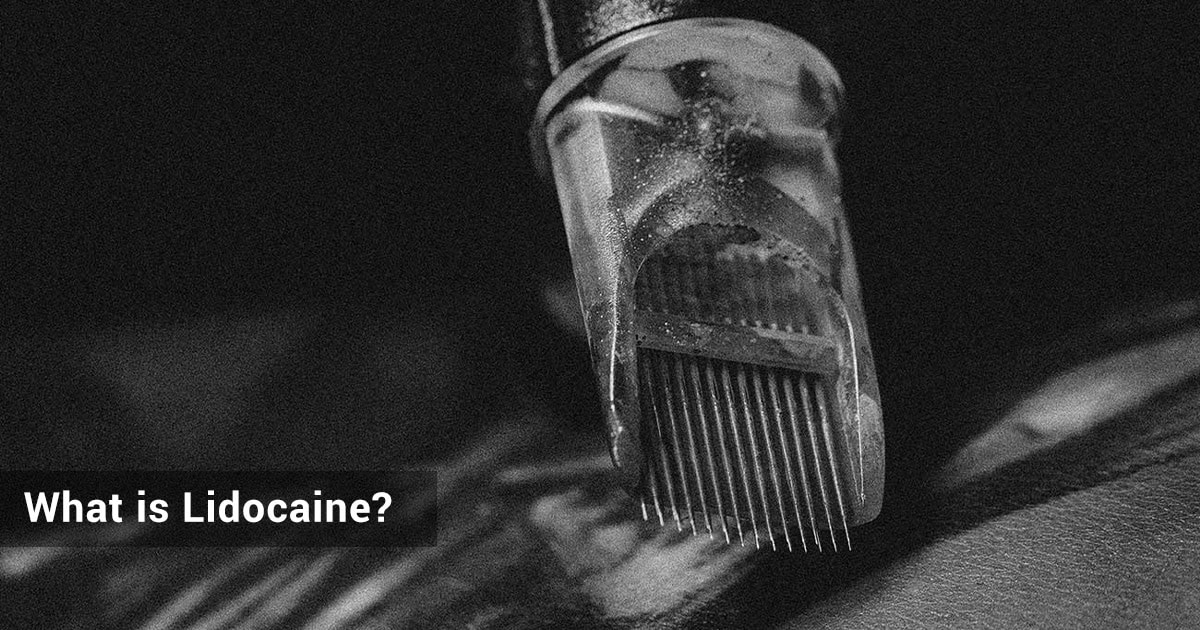Tattoo World
What is Lidocaine?
Lidocaine is a local anesthetic and antiarrhythmic drug commonly used for numbing tissues in a specific area and treating certain types of irregular heartbeats. It’s often used in dental procedures, minor surgeries, and as a topical treatment for skin conditions. Here are some key points about lidocaine:
What is Lidocaine?
Pharmacology
- Mechanism of Action: Lidocaine works by blocking sodium channels, which inhibits the depolarization of the nerve membrane, thereby preventing the initiation and conduction of nerve impulses.
- Forms and Administration: Lidocaine is available in various forms including injectable solutions, topical gels, creams, patches, and sprays.
Uses
- Local Anesthesia: For minor surgical procedures, dental procedures, and other minor interventions.
- Antiarrhythmic: Used intravenously to manage ventricular arrhythmias, particularly after a heart attack.
- Topical Application: To relieve pain and itching from skin conditions such as burns, eczema, and insect bites.
Side Effects
- Common: Redness, swelling, or pain at the application site.
- Severe: Allergic reactions, cardiovascular effects such as hypotension and bradycardia, CNS effects like seizures and respiratory depression.
Precautions
- Pregnancy and Breastfeeding: Should be used cautiously.
- Pre-existing Conditions: Caution in patients with liver dysfunction, heart conditions, or those on certain medications.
Regulations in Australia
In Australia, the regulation and recommended dosages of lidocaine (also known as lignocaine) are overseen by the Therapeutic Goods Administration (TGA). Lidocaine is available for various uses, including topical, injectable, and as an active ingredient in over-the-counter and prescription medicines.
Topical Lidocaine
- Concentration Limits: For over-the-counter topical preparations, lidocaine concentrations of up to 2% are allowed. Products containing more than 2% require professional advice and should not be applied to large areas of the body (More details).
- Products: Commonly available topical products include creams, gels, and patches. For instance, LMX 4 Topical Anaesthetic Cream contains 40 mg/g lidocaine (More details).
Injectable Lidocaine
- Usage: Injectable forms of lidocaine are used in various medical procedures, including dental anesthesia and minor surgical procedures. The specific dosage depends on the procedure and the patient’s condition.
- Dosage Guidelines: Typical dosages for infiltration anesthesia range from 4.5 mg/kg without epinephrine to 7 mg/kg with epinephrine, with a maximum total dose not exceeding 300 mg without epinephrine or 500 mg with epinephrine (More details).
Warnings and Safety
- Adverse Effects: The TGA database lists reports of adverse events related to lidocaine, highlighting the need for careful adherence to recommended dosages and usage guidelines (More details).
- Labeling Requirements: Products must include specific warnings, such as avoiding use on large body areas or in children without professional advice. For lozenges, caution is advised against consuming hot food or drink if the mouth is numb, and they should not be given to children under six without professional guidance (More details).
For detailed guidelines and specific product information, refer to the TGA’s database and product information listings available on their official website https://www.tga.gov.au/.

